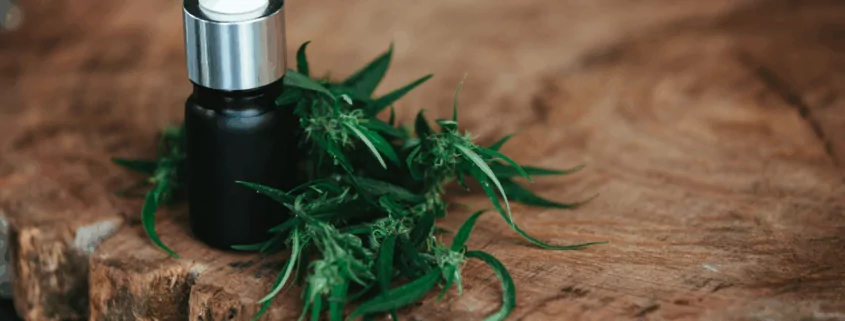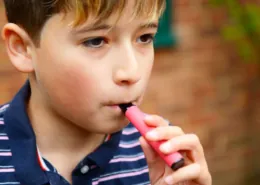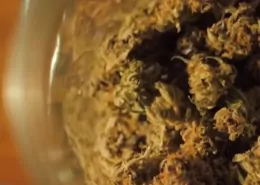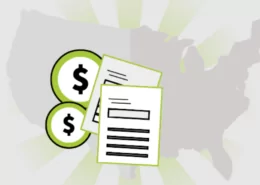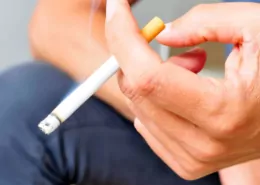Reasons for Increased Popularity of Delta-8 Usage
Data from national health agencies and academic surveys highlight an upward trend in delta-8 use between 2023 and 2025. According to the Monitoring the Future survey from 2023, funded by the National Institute on Drug Abuse, 11.4% of high school seniors reported using delta-8 in the prior year. Marijuana use in the same group was recorded at 30.4% over the same period. The prevalence of delta-8 use was not distributed evenly across the country. States in the South and Midwest recorded higher rates: 14% in the South and 15% in the Midwest, compared to 10% in the Northeast and 5% in the West.
Adolescent use is also impacted by state cannabis policy. In states without legal marijuana access, 14% of adolescents reported using delta-8 compared to 8% in states with legalized cannabis. Where no specific laws address delta-8, reported use remained at 14%, dropping to 6% in states with clear regulation. These patterns suggest that access and legality play large roles in delta-8’s reach among young users.
Motivations and Perceptions: Why Users Choose Delta-8
Qualitative and survey-based research points to several motivators. Many users see delta-8 as producing a milder high and fewer negative side effects compared to marijuana. Legal ambiguity is another major factor. The 2018 Farm Bill allowed hemp derivatives like delta-8 to be manufactured from cannabidiol, which has created a “legal high” status, especially in regions with strict marijuana laws.
Convenience and ease of purchase also drive use. Products are frequently available through online sources and retail settings with minimal age requirements. Some users perceive delta-8 as posing fewer risks than conventional marijuana. Among high school seniors who used delta-8, more than 90% reported also using marijuana, but some may substitute delta-8 when faced with legal or supply barriers.
Demographic Comparisons
Monitoring the Future data from 2023 shows usage differences across demographics. Male high school seniors reported slightly higher use at 12.3% compared to females at 9.6%, but this difference was not statistically marked. Among ethnicities, Hispanic students reported 7.3%, compared to 14.4% for White students, 9.6% for Asian, 9.7% for Black, 10.3% for multiracial, and 7.2% for other groups. These figures mark regional and social patterns rather than one unified trend.
Channels of Access and Retail Adaptation
Gas stations, convenience stores, and smoke shops have become common outlets for hemp-derived cannabinoids. Compared to traditional cannabis stores, these settings often have fewer requirements for age verification and labeling. Online vendors make products accessible across state lines, impacting how substances like delta 8 products and CBD tinctures reach different groups of consumers.
Cannabis dispensaries in some states focus on marijuana-derived goods. In contrast, regions without clear cannabis policy or explicit bans see more hemp-based options available in everyday retail shops.
Market Expansion and Adult Use
Beyond adolescents, adult use of delta-8 has also grown. Multiple industry and government reports from 2023 to 2025 show that adults often select delta-8 for its milder psychoactive effects, its wider retail presence, and its legal status in many states. Unlike regulated cannabis products, delta-8 is sold in non-specialty retail outlets and on various online platforms. Many of these outlets do not follow age verification or labeling standards.
States like California and Colorado have moved to explicitly ban or restrict delta-8, pointing to health and safety concerns. Despite this, the product remains widely available in regions where marijuana is illegal or where there is no specific ban on delta-8. This legal contrast between states has supported continued demand and changing supply patterns.
Ongoing Policy Changes
State and federal rules regarding delta-8 have changed between 2023 and 2025. States including California, New York, and Colorado have issued outright bans or tight restrictions. Other states in the South and Midwest have avoided such bans, making the product easier to find. The United States federal government does not regulate delta-8 products, so there are no set requirements for labeling, dose measures, or contaminant testing for most products on the market. Legislation to address these gaps has been proposed but not implemented as of 2025.
Legal Status and Enforcement
Delta-8’s ambiguous legal status is a primary reason for its rising use in certain areas. Many states in the South and Midwest have no restrictions on delta-8, which allows gas stations, corner stores, and internet sellers to stock it with few barriers. In contrast, states with tighter marijuana policies or bans on delta-8 tend to see less public availability and lower usage rates. This mixture of state-level approaches creates gaps in enforcement, consumer safety, and public awareness.
Summary
The increased use of delta-8 is explained by regional legal differences, retail adaptation, public perceptions, and the easy availability of products in many settings. Usage rates are highest among adolescents in the South and Midwest, among people lacking access to regulated cannabis, and where policy remains unsettled. Government agencies and researchers continue to monitor patterns, product safety, retail practices, and the effects of new regulations, with ongoing debate about how best to respond.
- India Researchers Call for Re-evaluation of Vape Ban - August 9, 2025
- Malaysian Health Minister: Vape Ban is No Longer an ‘If’ - August 9, 2025
- Is It Illegal to Vape or Smoke While Driving in Indiana? - August 9, 2025

